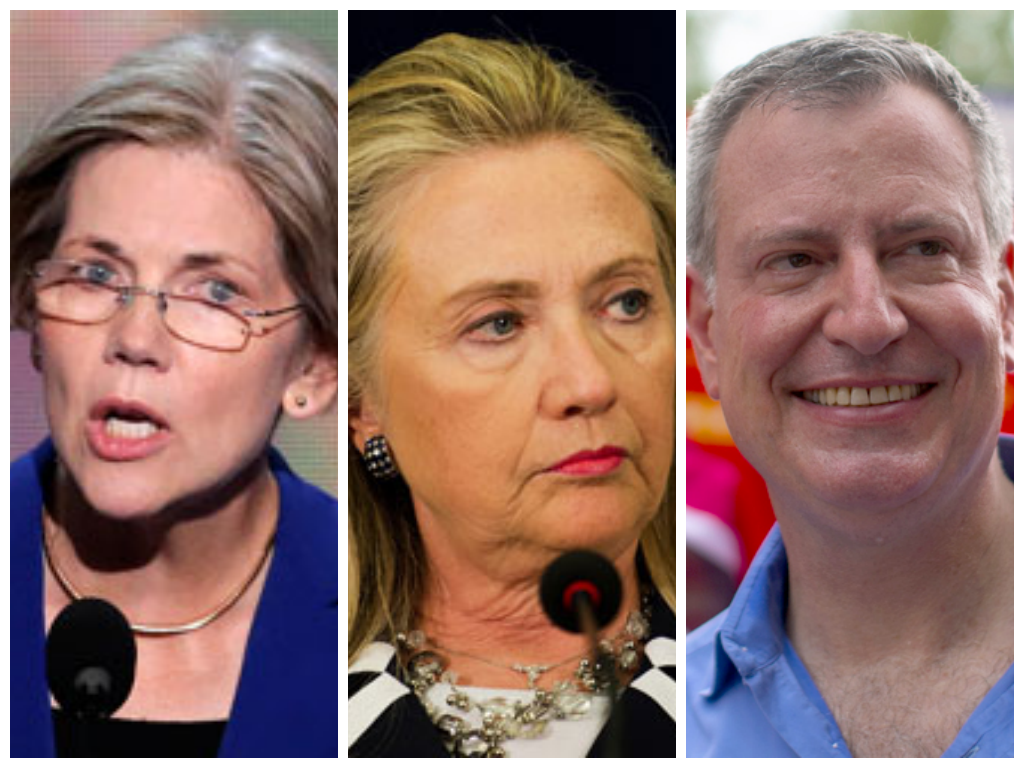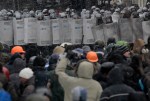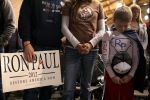It is well publicized that there are ideological and tactical differences among the Republican ranks, but what is less well known is that the Democrats have similar, if not more ominous, splinter among there ranks as well.
Videos by Rare
The split is both ideological and demographic. Many of the differences center around those who identify as “liberal” and those who identify as Democrats. White, educated affluent women tend to be much more liberal than the more conservative less educated male, Pew Research Center’s values surveys finds.
Between 1987 and 2012, “Democrats as a whole have moved to the left in recent years. They are much more socially liberal than they were even a decade ago, more supportive of an activist government, more in favor of increased regulation of business,” Andy Kohut of the Pew Research Center writes in the Washington Post.
In fact, not all Democrats are liberal. New polling shows that only 34 percent of Democrats call themselves liberal, while 63 percent say they are moderate or conservative.
Republicans don’t have this problem. A clear majority, 67 percent, of self-identified Republicans call themselves conservative.
The fracturing has consequences for the 2016 election, which most Democrats have already ceded to Hillary Clinton.
“[T]he viability of liberal Democrats has emerged as a critical question for the Democratic Party…the success of prominent progressives — Sen. Elizabeth Warren of Massachusetts and New York Mayor Bill de Blasio come to mind — means the party could face an ideological divide in 2016,” Kohut writes.
Here are the notable differences between liberals and more moderate Democrats:
First, in-depth Pew Research surveys find that many liberals are cynical about achievement. Most don’t agree with the statement that “people can get ahead if they work hard,” and relatively few fully agree that they admire people who have become rich through hard work.
Second, liberals give low priority to dealing with the budget deficit, a major concern for much of the electorate, and they are the only political segment that expresses majority support for paying higher prices for the sake of the environment.
Third, liberals are also significantly to the left of the rest of the Democratic Party on social issues. Unlike other Democrats, few liberals say prayer is an important part of their lives, most strongly favor same-sex marriage, nearly all support abortion rights, and a majority support a path to citizenship for illegal immigrants.
And fourth, on foreign policy, most liberals reject the idea that the best way to ensure peace is through military strength; unlike other Democrats, a majority would find it acceptable if another country became as militarily powerful as the United States.
The Washington Post points out that this divide has remained largely undercover due to Obama’s presidency. The former Illinois senator won by running to the left, but has actually governed more moderately and centrist that his two Democratic predecessors.
The coming divide will become more apparent as Obama’s term ends; “the real differences within the Democratic party will start to draw much more attention,” the Post writes.
“[Y]ou can expect the fight between the liberal, populist, activist base of the party and its more pragmatic, moderate, establishment wing play out in Senate and House primaries in 2016 and beyond.”



